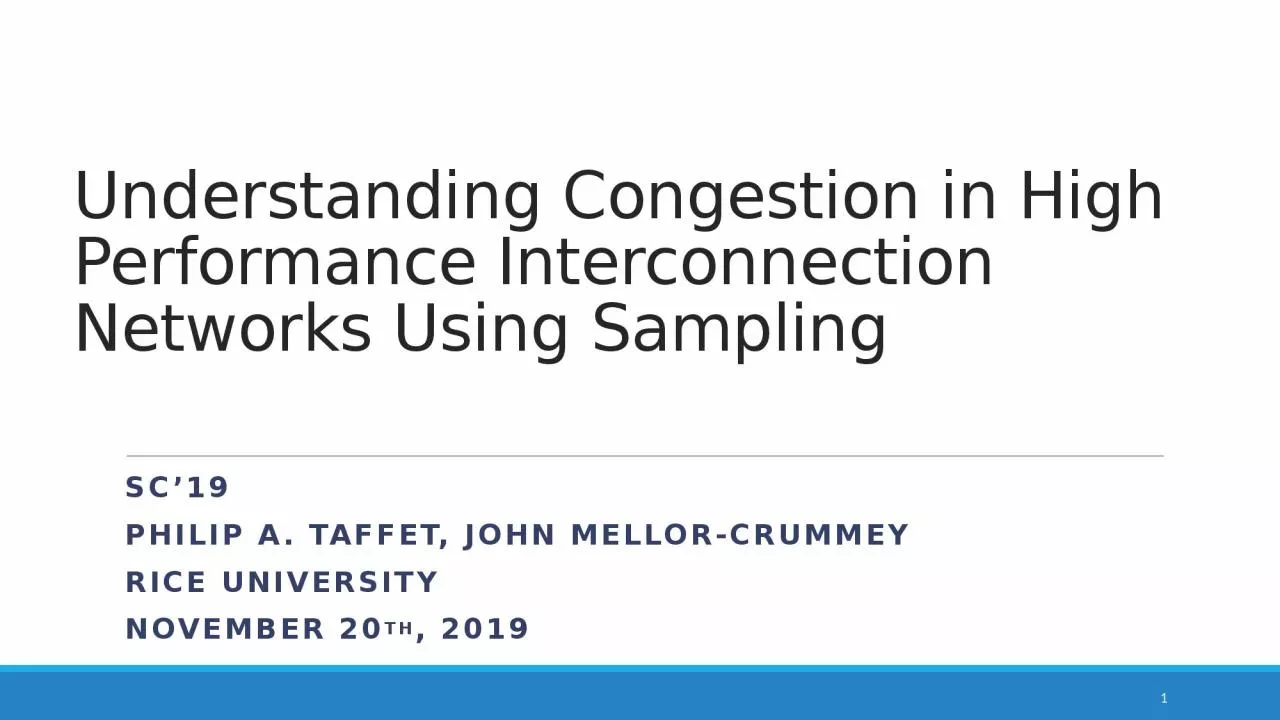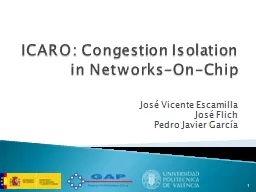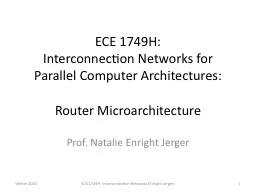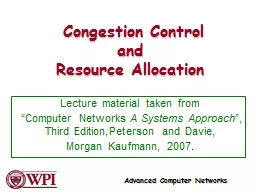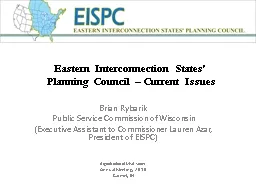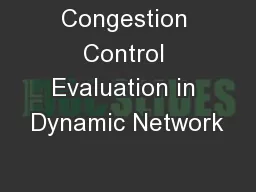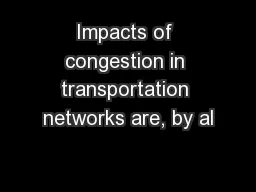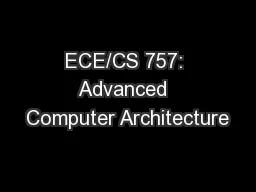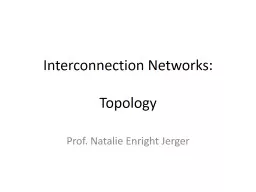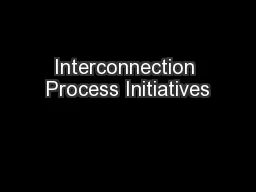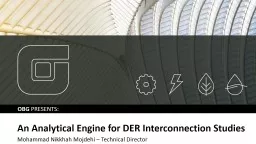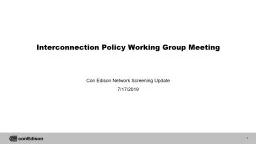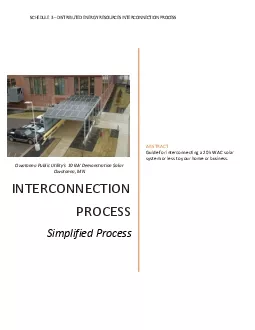PPT-Understanding Congestion in High Performance Interconnection Networks Using Sampling
Author : white | Published Date : 2024-02-03
SC19 Philip A Taffet John MellorCrummey Rice University November 20 th 2019 1 Motivation Image source wwwcapsouedu 2 Motivation 3 computeatmospheretemp computegroundtemp
Presentation Embed Code
Download Presentation
Download Presentation The PPT/PDF document "Understanding Congestion in High Perform..." is the property of its rightful owner. Permission is granted to download and print the materials on this website for personal, non-commercial use only, and to display it on your personal computer provided you do not modify the materials and that you retain all copyright notices contained in the materials. By downloading content from our website, you accept the terms of this agreement.
Understanding Congestion in High Performance Interconnection Networks Using Sampling: Transcript
SC19 Philip A Taffet John MellorCrummey Rice University November 20 th 2019 1 Motivation Image source wwwcapsouedu 2 Motivation 3 computeatmospheretemp computegroundtemp. . Interconnection . Networks for Parallel Computer Architectures. :. Flow Control. Prof. Natalie . Enright. . Jerger. Switching/Flow Control Overview. Topology: determines . connectivity . of network. José Vicente Escamilla. José Flich. Pedro Javier García. 1. Introduction / Motivation. ICARO overview. ICARO description. Detection. Notification. Isolation. Results. Conclusions. Questions. Outline. . Interconnection . Networks for Parallel Computer Architectures. :. Router . Microarchitecture. Prof. Natalie . Enright. . Jerger. Winter 2010. 1. ECE 1749H: Interconnection Networks (Enright Jerger). and. Resource Allocation. Lecture material taken from. “Computer Networks . A Systems Approach. ”, Third . Edition,Peterson. and Davie,. Morgan Kaufmann, . 2007. .. Advanced Computer Networks. Congestion Control Outline. Planning Council – Current Issues . Brian Rybarik . Public Service Commission of Wisconsin. (Executive Assistant to Commissioner Lauren Azar, President of EISPC). Organization of MISO States. Annual Meeting, 2010. By. Bhavani manthena. What is Congestion?. Congestion . is a situation in Communication Networks in which too many packets are present in a part of the subnet, performance degrades. .. . Congestion in a network may occur when the load on the . A dynamic tolling system as a part of a proposed cordon based congestion pricing scheme for the Athens, Greece road network has been considered to be a possible management measure to mitigate the negative impacts of traffic congestion. . II. Interconnects. Instructor:Mikko. H . Lipasti. Spring 2017. University of Wisconsin-Madison. Lecture notes . created by Natalie . Enright . Jerger. Lecture Outline. Introduction to Networks. Network Topologies. Topology. Prof. Natalie . Enright. . Jerger. Topology Overview. Definition: determines. . arrangement of channels and nodes in network. Analogous to road map. Often first step in network design. Significant impact on network cost-performance. Athens, . 24. th. May, 2011. Ind. ex. The Company. The . Aegean Project. Why . the interconnection. ?. Interconnection and MSP: discussion subjects. Conclusion. Rokas. Group - Installed Wind and PV . October 17, . 2016. Trend of Project Completions . 2010-August 2016. New York State. Significant DG uptake in 2015 . and first half of . 2016. Large projects driven by remote net metering, . introduction of community . Mohammad Nikkhah Mojdehi – Technical Director. 2. Distribution System Analysis. DISTRIBUTION SYSTEM ANALYSIS. Power Flow Analysis. Power Quality Analysis. Fault Analysis. Dynamic Analysis. DISTRIBUTION SYSTEM STUDIES WITH DERS. Interconnection Policy Working Group Meeting Con Edison Network Screening Update 7/17/2019 1 Interconnection Policy Working Group Meeting Agenda Background & Timeline Stakeholder Engagement Sessions SCHEDULE 3 Owatonna Public Utilitys10kW Demonstration SolarOwatonna MNINTERCONNECTION PROCESSSimplified ProcessABSTRACTGuide for interconnecting a 20 kWACsolar system or less to your home or business
Download Document
Here is the link to download the presentation.
"Understanding Congestion in High Performance Interconnection Networks Using Sampling"The content belongs to its owner. You may download and print it for personal use, without modification, and keep all copyright notices. By downloading, you agree to these terms.
Related Documents

